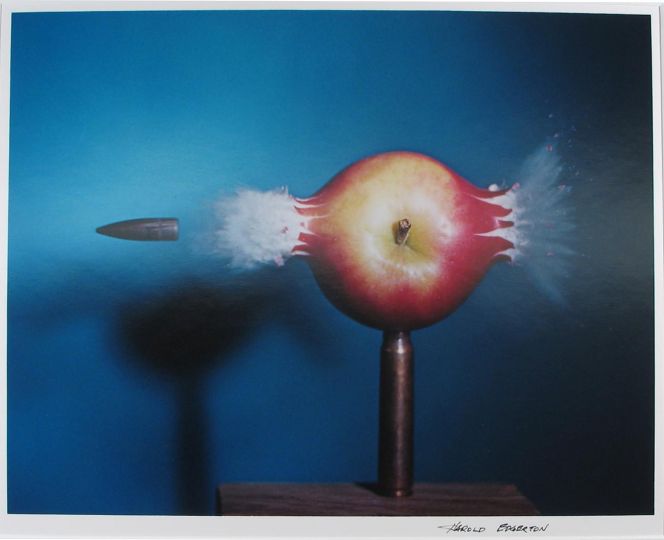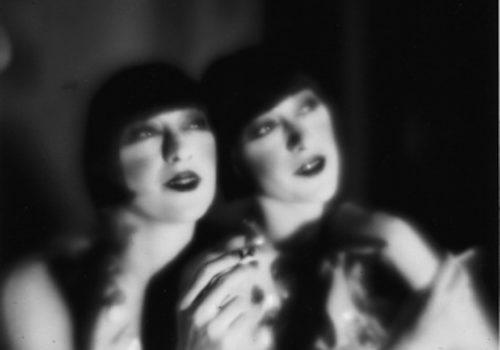Shane Perez has always had a disregard for authority. Growing up in Miami, Perez and his father would ride their bikes through the Everglades and come across abandoned cars and other detritus of civilization. At the same time, he discovered a pleasure in hacking phone systems, tapping into connections, and messing with operators. This led him to seeking phone boxes in out of the way areas, which were often located near abandoned buildings. It was those buildings that beckoned him to the activity that he now describes as “recreational trespassing.”
An explorer first and foremost, Perez is drawn to large-scale infrastructures: tunnels, bridges, powerplants, factories, subway stations, and other complex spaces. His attraction to the apocalyptic energy of the abandoned structure resonates deeply in his photographs, particularly those that employ the single female nude. Intimately exploring the relationship between the animate and the inanimate, the vulnerable and the impenetrable, the spiritual and the temporal.
“The nudes kind of happened,” Perez explains. “People liked them so I kept playing with it. I was looking for something with it. Spaces suggest things and i saw that it would be interesting to put someone it.” He would set up a tripod to frame the scene without the model and then show the model the parameters of the frame. In that space, they were able to climb and touch whatever they wanted. Perez explained that having the models nude allowed the space to feel as though it was reverting to its natural state. “Someone wearing clothes feels like a visitor, rater than a part of the environment. I wanted the photos to feel like, ‘This could happen.’“
Perez’s photographs question the way in which knowledge holds society together and explores possible futures. “What would happen if a primitive person were put into a modern space that has been left behind? What sense would they make of it?” he asks. In the darkness of these images is an element of the unknown, creating a sense of caution that cannot quite be articulated. It is the mystery of the void he explores in his adventures and in these photographs.
At first, Perez took snapshots with a disposable camera then he realized the images did not translate his experience; he realized that needed to get the necessary equipment and knowledge to take photographs of these dark and strangely lit spaces. A self-taught photographer, Perez is open to all forms of photography, shooting digital to using 4×5 cameras. He also does light painting, opening the shutter and using a flashlight to paint the scene with light, as well as uses old school flashbulbs to illuminate the scene. But mostly, he prefers to work with natural light, to visit and revisit locations in order to find the best possible light. Perez has even sat for three hours in the same spot waiting for the light to change in order to get the shot.
His photographs reveal the grand scale of that which society has left behind. These buildings, which are machines unto themselves, show how far detached we have become from that which is new to mankind. “We don’t’ think about the years of invention and complexity that go into being able to flip a switch and have the lights go on, or to turn on the faucet and have water. We take all that for granted. There is a humility to understand it—and to touch it,” he observes.
“People should be free to do what they want with their own bodies as long as it does not interfere with other people’s direct experience. People should be responsible for themselves and should be allowed to make decisions on what risks they are willing to take,” he observes, decrying what we perceive as security is an illusion at best.
Perez has been in what he calls “crazy situations” and explains, “It’s about challenging yourself, putting yourself in a situation where you have to be completely aware of your surroundings. The floor could give way and it could be a fifty-foot drop. You have to be completely aware. It is a dangerous environment if you are not paying attention. It is like being in nature, being a survivalist.”
Miss Rosen
















